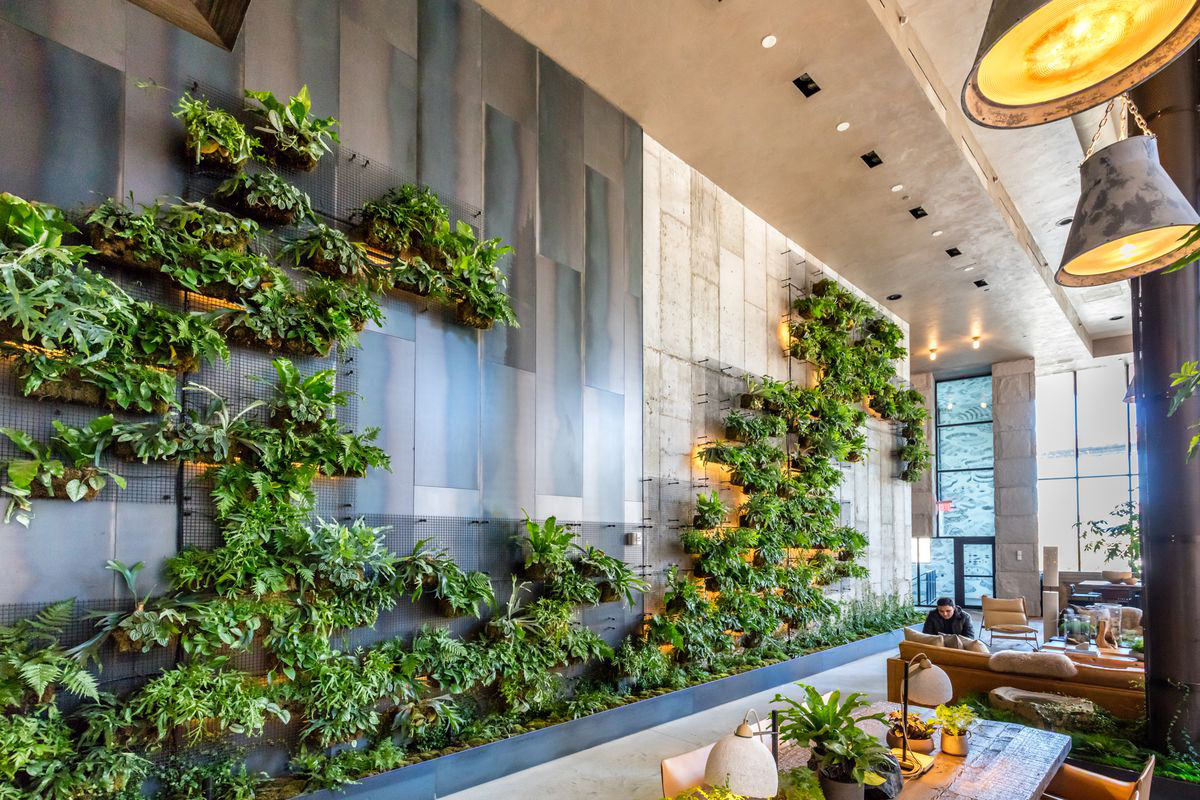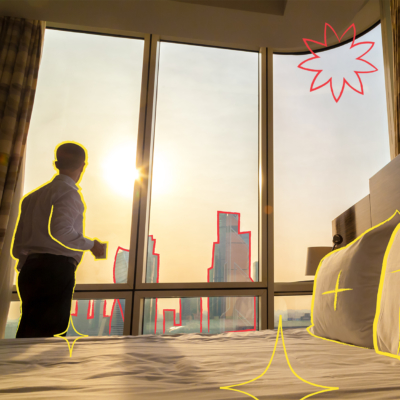The hunt for the best amenities has taken us on a short trip through the world of luxury hotel design trends. From aromatherapy to A.I., we found some seriously creative crossovers that are keeping residential developers on the cutting edge. Take a look at our top five trends that are making moves from high-end hotels to luxury real estate—and back again.
5: Condominium concierge.
Ever wanted to feel like a guest in your own home? While most residents already manage their own bookings and deliveries (like UBER and OpenTable), properties are creating increasingly unique private concierge offerings—like personal shopping, private chefs, personal training and event coordination services. That way buyers can get the full “guest” experience at home.
4: High-tech comfort control.
And speaking of amenities… Hotels like Marriott are partnering with Amazon to provide in-room smart controls for climate, lighting, music + entertainment, as well as using Alexa to answer frequently asked questions, order room service, or contact housekeeping for extra pillows. Just like some high-end smart homes, where features like keyless entry, Bluetooth connectivity and even automated bartending machines provide the ease and comfort of hotel living.
3: Mind-body balance.
Working out is hard, wherever you are. Services like Peloton, Mirror or Wattbike provide 24-hour fitness access at home, while also syncing with fitness systems abroad—and amenities like bio-freezing, filtered water stations, and access to free workout gear draw fitness-focused buyers back home again. Venues like Hotel at Midtown have recognized the demand for a program focused on holistic health, and are working to place wellness the core of their mission… taking a page from the residential design playbook.
2: Disconnect on-demand.
Green spaces are great for taking a quick call. But hotels like Civana Carefree and Eremito Hotel are using their extra square footage to create something more meaningful: multi-purpose wellness areas. They’re essentially Wi-Fi-Free Zones where guests can indulge in yoga, meditation, aromatherapy, light therapy and energy-balancing seminars. We’re seeing this trend make its way over to residential projects like Lakehouse in Denver, CO, which is currently seeking WELL certification for their commitment to end-to-end health-focused development.
1: Live like a local.
Make sure your impact on the community is a positive one. Many developments are now giving extra consideration to their context by working to minimize environmental damage during construction, collaborating with local artisans and craftspeople on design elements or art installations, and offering access to local business registries for goods and services. With these kinds of considerations being made by developers, residents can feel more connected to the world around them—and more excited to explore their own neighborhood.




